 According to Sam Khater, Freddie Mac’s chief economist, the lower mortgage rates are getting positive results from home buyers across the nation. Mortgage applications for home purchases are rising steadily and have seen the highest year-over-year change since the fall of 2017.
According to Sam Khater, Freddie Mac’s chief economist, the lower mortgage rates are getting positive results from home buyers across the nation. Mortgage applications for home purchases are rising steadily and have seen the highest year-over-year change since the fall of 2017.
Here is a look at the national averages with mortgage rates Freddie Mac reported for the week ending July 25, 2019:
The 30-year fixed rate mortgages averaged 3.75% with an average 0.5 point. This was a dip from the week prior which was at an average of 3.81%. July of 2018 reported 30-year rates averaged 4.54%.
The 15-year fixed mortgages reported as the following. They averaged 3.18%, with an average 0.5 point. Again, this was a lower than last week’s which reported 3.23% average. This time last year the 15-year rates averaged 4.02%.
The average 5-year hybrid adjustable-rate mortgages was 3.47%, with an average 0.4 point. Another fall from last week’s 3.48% average. A year ago the 5-year hybrid adjustable-rate mortgages (ARMs) averaged 3.87%
“While the improvement has yet to impact home sales, there’s a clear firming of purchase demand that should translate into higher home sales in the second half of this year,” Khater says.
Click Here For the Source of the Information.

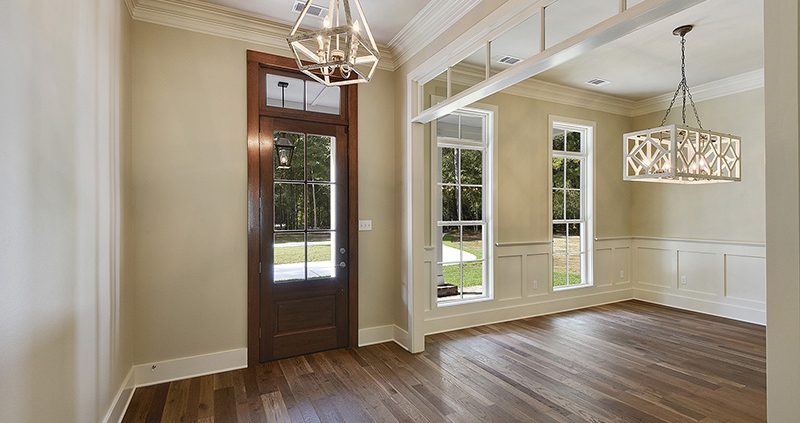
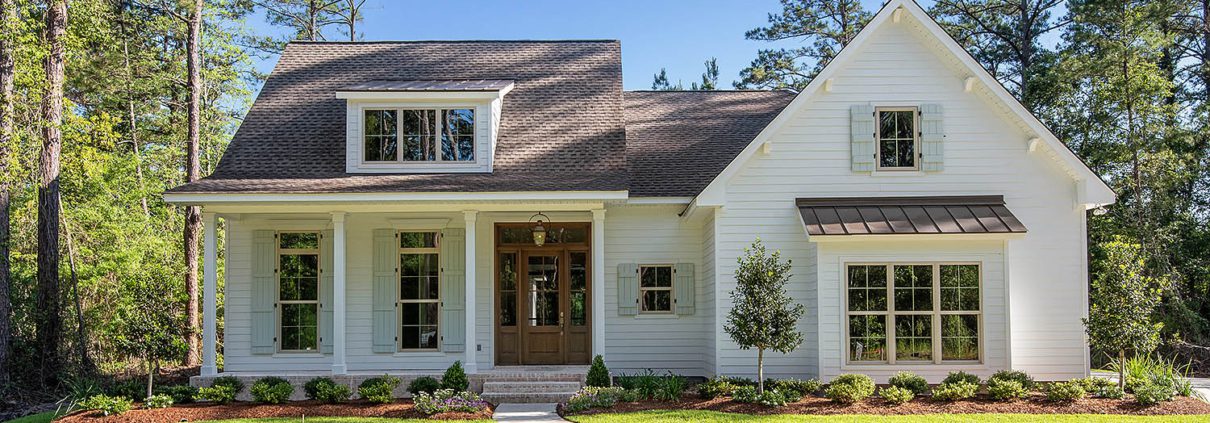
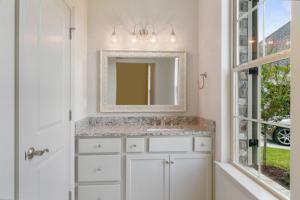 Most Americans are affected by interest rates whether through a mortgage or credit cards. July 2019, marked the first time the Federal Reserve lowered interest rates since the crash in 2008. Pressured by
Most Americans are affected by interest rates whether through a mortgage or credit cards. July 2019, marked the first time the Federal Reserve lowered interest rates since the crash in 2008. Pressured by 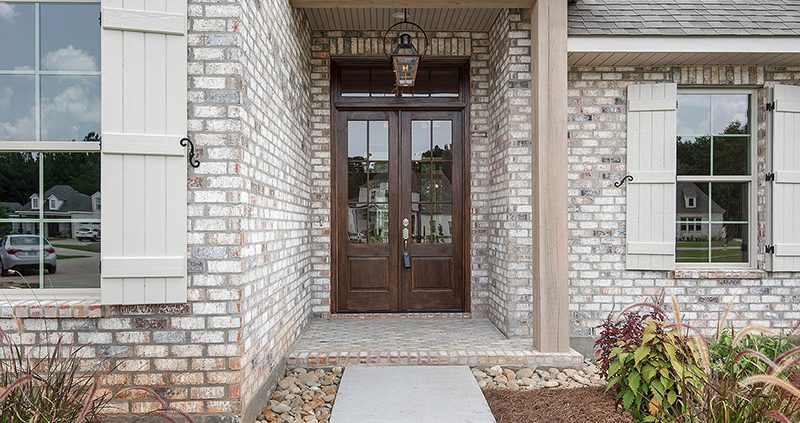
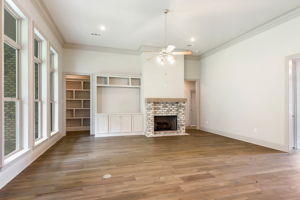 We all know that buying a home is a big step for anyone especially for someone who is doing it for the first time. A bipartisan House bill passed at the beginning of July 2019 that will help ease the first time buyer’s anxiety over the homebuying process. The bill will allow first-time homebuyers to pay less closing cost if they go through homeownership counseling.
We all know that buying a home is a big step for anyone especially for someone who is doing it for the first time. A bipartisan House bill passed at the beginning of July 2019 that will help ease the first time buyer’s anxiety over the homebuying process. The bill will allow first-time homebuyers to pay less closing cost if they go through homeownership counseling.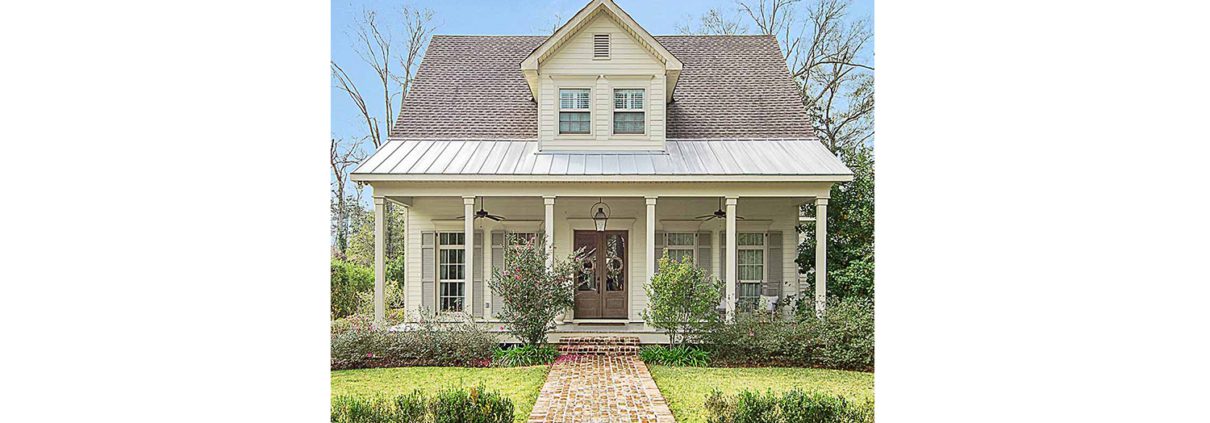
 When purchasing a home, the majority of homebuyers will purchase using a mortgage. Your credit and your down payment will affect your monthly payment and mortgage rate. The more you put down the lower your monthly payment will be making it easier to build more equity in a shorter amount of time. Although this is a plus, it can back-fire when a homeowner puts down most of their savings on a downpayment leaving no funds for home maintenance or emergencies.
When purchasing a home, the majority of homebuyers will purchase using a mortgage. Your credit and your down payment will affect your monthly payment and mortgage rate. The more you put down the lower your monthly payment will be making it easier to build more equity in a shorter amount of time. Although this is a plus, it can back-fire when a homeowner puts down most of their savings on a downpayment leaving no funds for home maintenance or emergencies.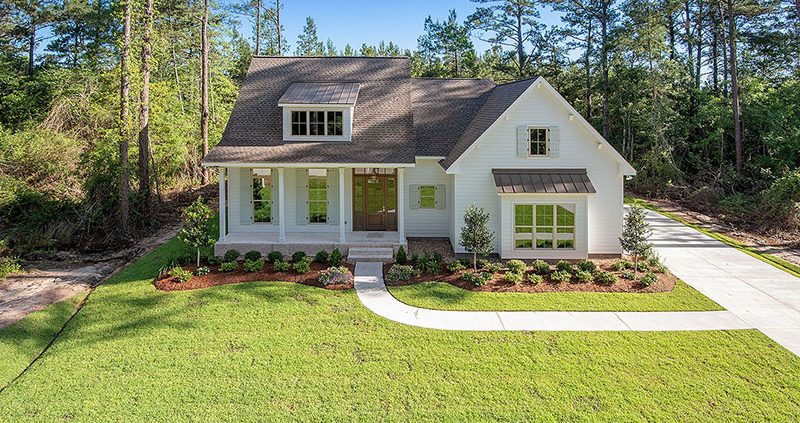
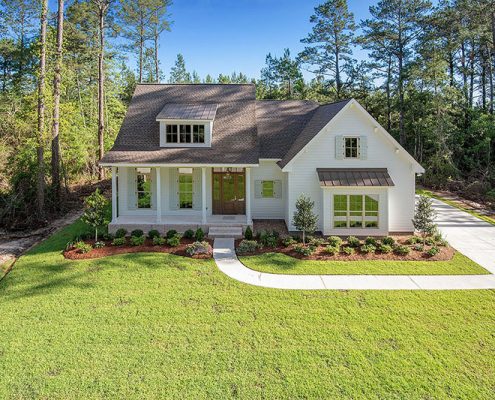
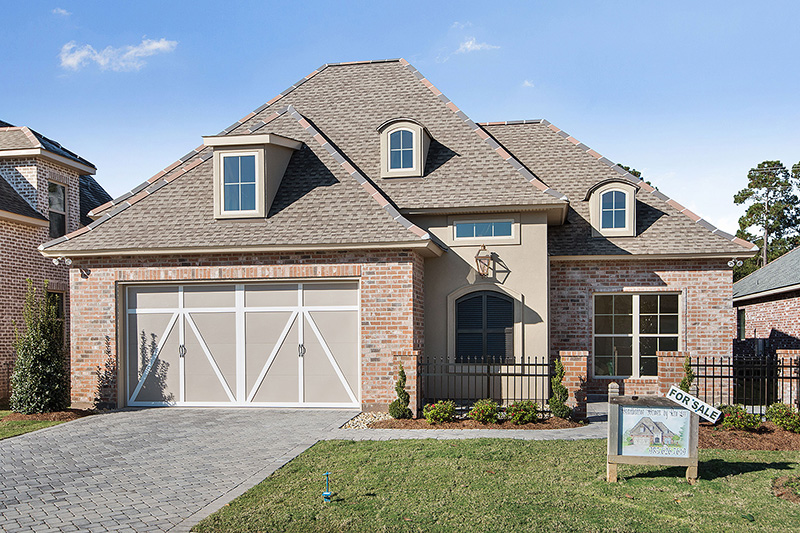
 Department of Veterans Affairs (VA) and the Department of Agriculture’s rural home loans are taking the highest risk levels since before the crash. In fact,
Department of Veterans Affairs (VA) and the Department of Agriculture’s rural home loans are taking the highest risk levels since before the crash. In fact, 
 illuminate their home is expensive.
illuminate their home is expensive.  “It was somewhat of a surprise to see the degree and intensity of the pullback,” said Robert Dietz, chief economist of the
“It was somewhat of a surprise to see the degree and intensity of the pullback,” said Robert Dietz, chief economist of the  own charter that the governor must be notified of a change in the town’s population. There will be several recommendations the town must follow from changes to the number of town board members to refining policies.
own charter that the governor must be notified of a change in the town’s population. There will be several recommendations the town must follow from changes to the number of town board members to refining policies. in 1920 there were 1,103 residents. Since then the town has seen a drop with the lowest population in 1990 at 659. Currently the population sits at an estimate of 831 residents.
in 1920 there were 1,103 residents. Since then the town has seen a drop with the lowest population in 1990 at 659. Currently the population sits at an estimate of 831 residents.